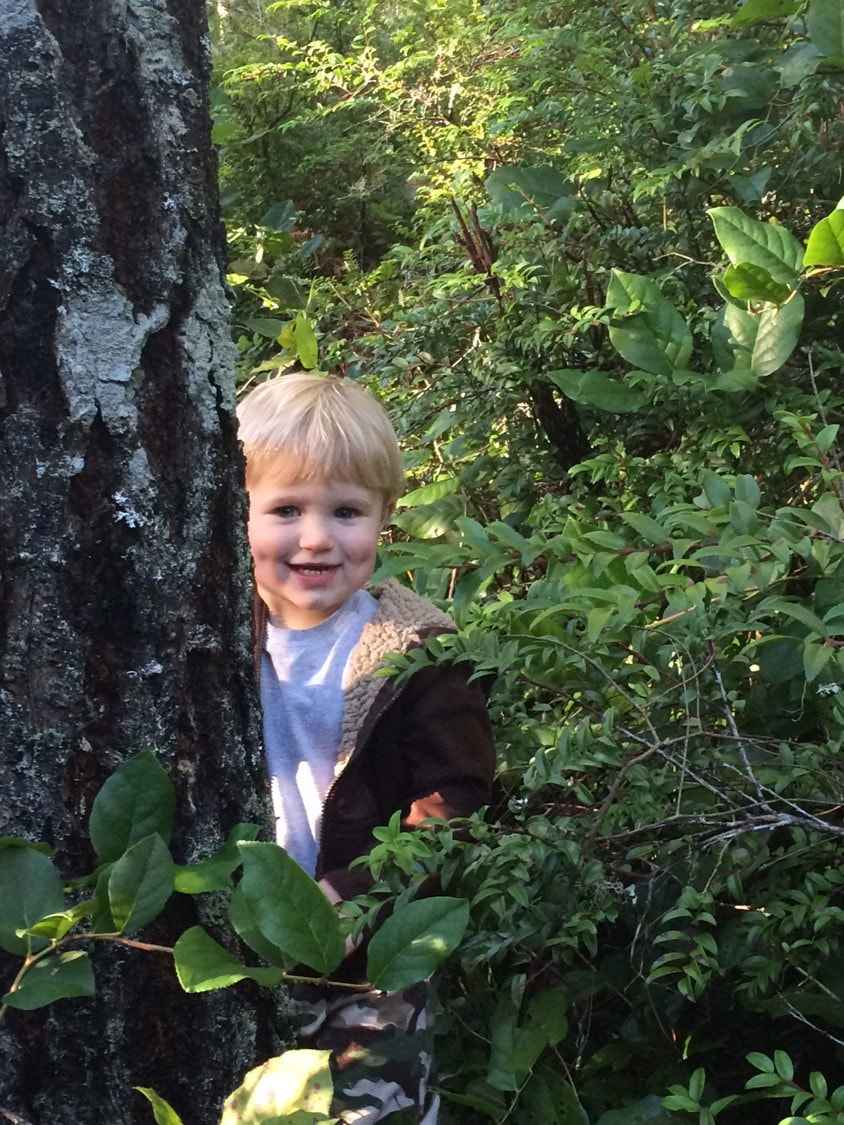Missing Child |
Page 28 |
The most common crises/emergency that we hear about is a missing child.
|
Many instances have been reported where a child has hidden when the group was moving to another location, or where the child wandered off when a door was opened for another purpose. Counting children routinely is important to assure that a child has not slipped into an unobserved location.
Educators should record the count on an attendance sheet or on a pocket card, along with notations of any children joining or leaving the group. You should do the counts before the group leaves an area and when the group enters a new area.
The child care program should assign and reassign counting responsibility as needed to maintain a counting routine. Facilities might consider counting systems such as using a reminder tone on a watch or musical clock that sounds at timed intervals (about every 15 minutes) to help the staff remember to count.
|
The staff should assess the setting to ascertain how the ability to see and hear child activities might be improved. The use of devices such as convex mirrors to assure visibility around corners. Facilities might also consider the use of surveillance devices or systems placed strategically in areas where they might contribute further to child safety. In addition, these systems are beneficial because they can allow parents to observe the facility.
Planning must include planning to maintain appropriate staffing. Sufficient staff must be maintained to evacuate the children safely in case of emergency. Compliance with proper child-to-staff ratios assured by counting staff and children in each group at varied times of the day, and by reviewing written policies.



